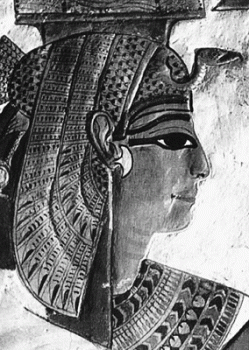American Journal of Archaeology | The Journal of the Archaeological Institute of America
You are here
Royal Gift Exchange Between Mycenae and Egypt: Olives as “Greeting Gifts” in the Late Bronze Age Eastern Mediterranean
July 2009 (113.3)
Royal Gift Exchange Between Mycenae and Egypt: Olives as “Greeting Gifts” in the Late Bronze Age Eastern Mediterranean
Contact between Egypt and the Aegean during the Late Bronze Age, especially the relationship between Minoan Crete and New Kingdom Egypt, has been the subject of much study. The relationship between the Greek (Mycenaean) mainland and Egypt is generally regarded as a more elusive topic, and most scholars seem to consider interaction between the two a matter of irregular exchange via middlemen (e.g., on Cyprus, in the Levant), rather than direct contact. This paper seeks to stimulate new thinking on this subject by positing the possibility that exchange between the two was more than a haphazard phenomenon, arguing that it was, instead, a highly organized system that involved the active engagement of the ruling elite at Mycenae as well as the pharaonic court. Using both archaeological and paleobotanical data and focusing my examination on the import into Egypt of Mycenean pottery, particularly stirrup jars, which are known generally as containers for olive oil, I demonstrate that olives and/or olive oil were a crucial part of this Late Bronze Age interstate connection.
By Jorrit M. Kelder
American Journal of Archaeology Vol. 113, No. 3 (July 2009), pp. 339–352
DOI: 10.3764/aja.113.3.339
© 2009 Archaeological Institute of America


